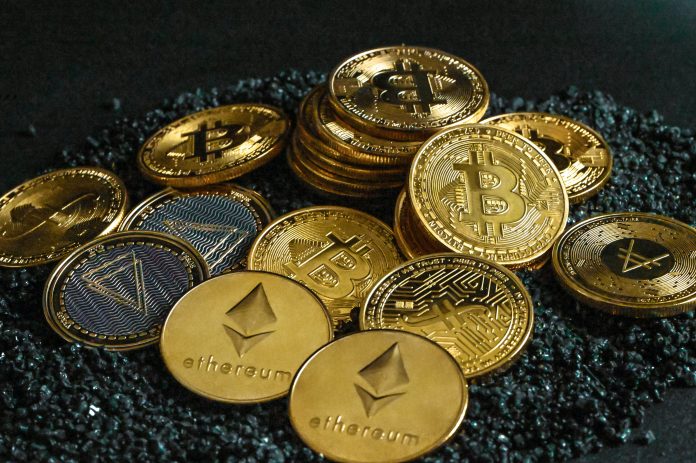The cryptocurrency industry is growing, especially with the rise of institutional cryptocurrency trading. There are many ways of how investors use digital assets. Some companies buy and hold crypto long-term, others use crypto to integrate it into their payment systems, and some become liquidity providers and market makers.
While a market maker relates to providing liquidity to centralized exchanges, where investors place orders on order books and facilitate quality trading, injecting large trading volumes, things are entirely different on decentralized exchanges. Here we are dealing with the term “liquidity pool”.
How Do Liquidity Pools Work?
A liquidity pool refers to a decentralized pool of funds locked in a smart contract. These funds are used for facilitating trading in decentralized exchanges (DEXs) and decentralized finance (DeFi) platforms. Liquidity pools typically consist of pairs of tokens, and users contribute an equal value of both tokens to the pool.
Participating in crypto liquidity pools involves depositing an equal value of two different tokens into a smart contract. Here’s how it works:
- An investor selects a liquidity pool based on the token pair they want to provide liquidity. For example, if the LP holds equal amounts of SOL and ETH, they can deposit these tokens into the corresponding liquidity pool.
- The LP deposits an equivalent value of both tokens into the liquidity pool smart contract. The smart contract automatically calculates the exchange rate based on the current pool ratio.
- In return for their contribution, the investor (LP) receives liquidity pool tokens (LP tokens). These tokens represent the LP’s share of the total pool and are used to track their contribution. The LP can later use these tokens to withdraw their share of the pool or trade them on secondary markets.
- When other users trade within the liquidity pool, the LP earns a portion of the trading fees. The fees are typically distributed proportionally based on the LP’s share of the pool. It provides a source of passive income for the investor.
So, instead of keeping their assets idle, crypto investors may put them into a pool and receive additional income for providing cryptocurrency liquidity. It’s crucial to understand that once locked in the pool, assets can’t be withdrawn for some time (depending on the conditions). So once the investor locks his fund in the pool, one may go on with his life, as there’s nothing else needed in regard to the pool. In the end, being an LP allows investors to grow their funds and enjoy a potentially larger return.







